The Brits always say that we, the lay people of the rest of the world, drive on the wrong side. They invented it so they have the right to make the rule. I was able to avoid till now to drive on the “other side” mainly because in the country I visited I used taxis, buses and trains like in India. My only brief experience in this direction was in Anguilla, an island in the Caribbean, where sometimes is irrelevant on what side of the road you drive not even taking in consideration the amount of rum on the roads. So Cyprus was a real “first” and I looked terrified at the weird traffic that moved apparently chaotic around me. But I decided that I will do it and I rented, for the first time in Europe, an automatic car simply because I realized that, no matter how much I like to drive “stick”, my hands will move in the wrong directions and the gears would make terrible noise. Trying to enter the car on the opposite side of the wheel, smacking my partner on the left when I wanted to tie the seat belt, signaling with the wipers and trying to clean the rain drops on the windshield with the signals I drove, at first slow and inhibited on the roads populated by the smallest cars I ever encountered, including my tiny Nissan March, a car I never knew that is built. When somehow a car came towards me on my lane I was paralyzed that I may have missed it and I was on the wrong side, just to see that the colliding vehicle was just passing or disappearing in a side street. On the highways is easier as long as you don’t put yourself on the right lane day dreaming and being puzzled why nobody wants to pass but keep flashing from behind for you to get somehow away. As long as you don’t forget when you leave the highway that you have to drive on the left side, you are fine. In the end all went fine and after several days of driving I could not understand why people drive on the right; OK, just kidding…

St Lazarus Cathedral, Larnaca
In any case, the last day in Cyprus we shot in and around Larnaka, a place associated with St Lazarus, the one that the Bible mentioned as raised from the dead whose apparent tomb was under the church, its bones being collected and part of them carried away by crusaders. On an outside board in front of the church, St Lazarus is introduced as “Jesus’ friend”, like they were “texting” each other!! Christianity is entwined here with Islam that has two mosques in a city with a larger Muslim population, many coming as refugee from abroad. Around Larnaka, old villages with restored rock houses with tavernas overlooking the ravines, roman aqueducts, small fishing villages whose harbors are full of nets filled boats leaving every morning for the catch of the day, ruins from all times of history from Neolithic to the French Lusignan, all compete for attention.
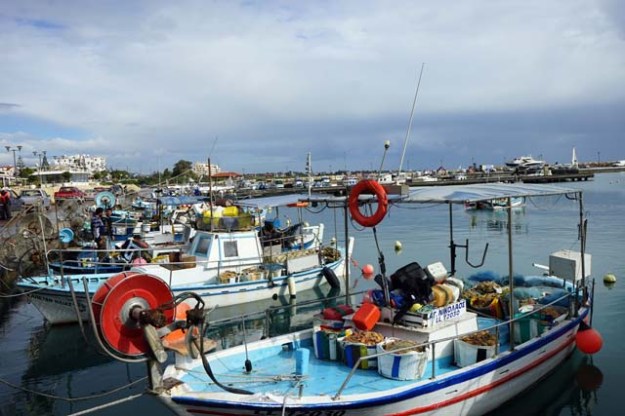
Zigy harbor
But the bottom line was that in spite of the spotty rain I was able to drive unhindered to the airport where the guy from the car rental company was waiting for me to receive the car, hopefully in one piece, to drive it back to the office.

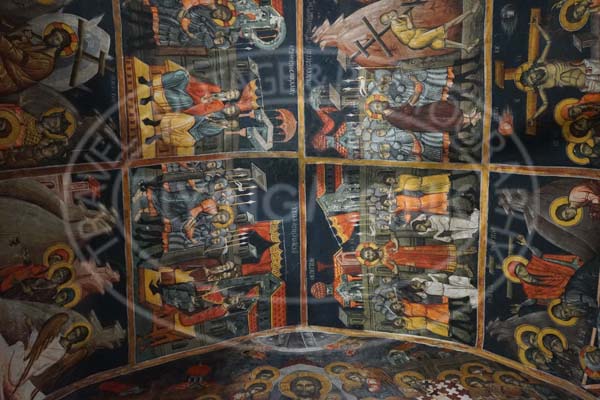
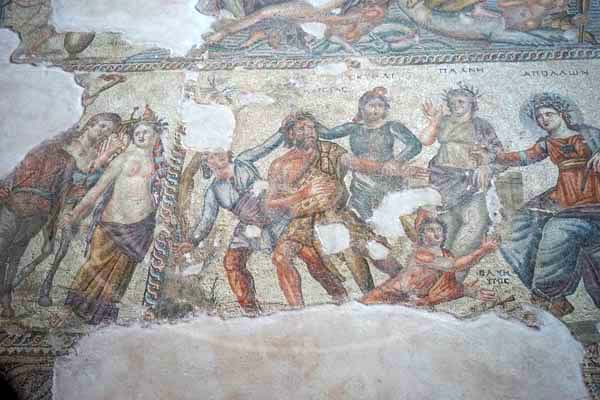
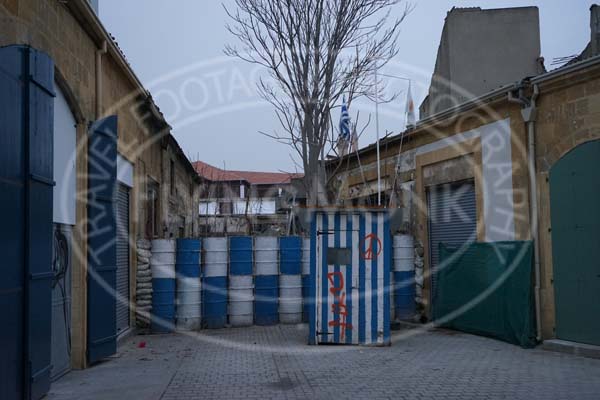
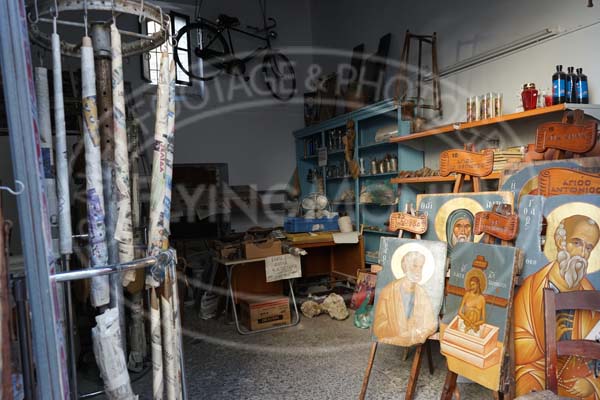






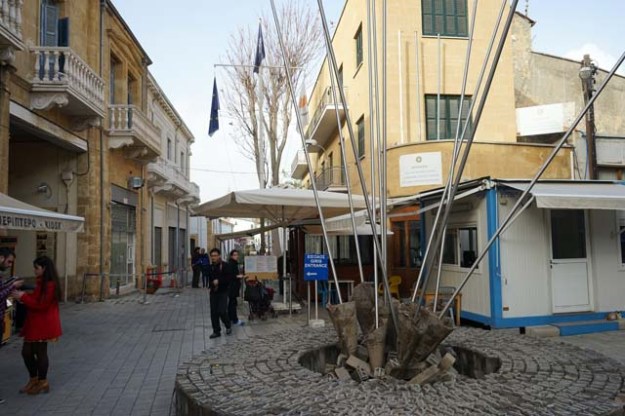
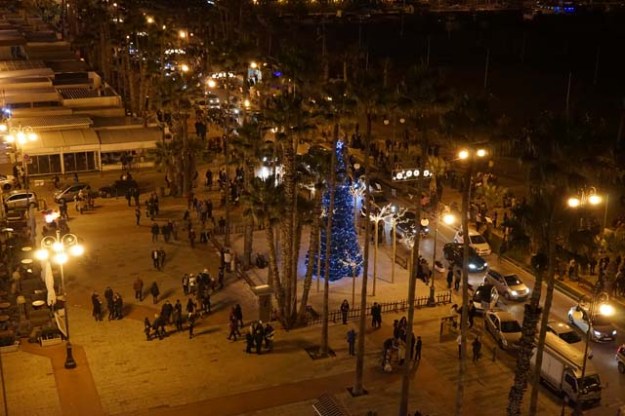



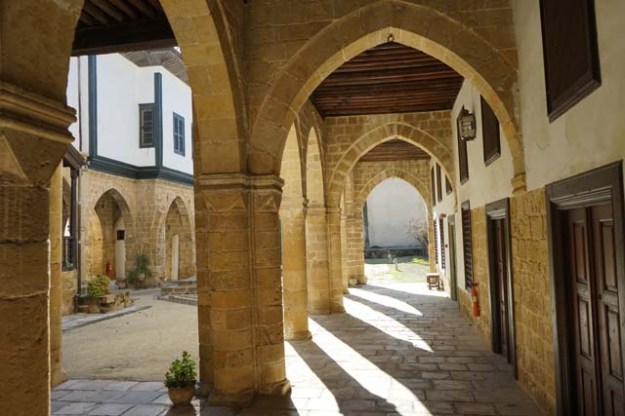
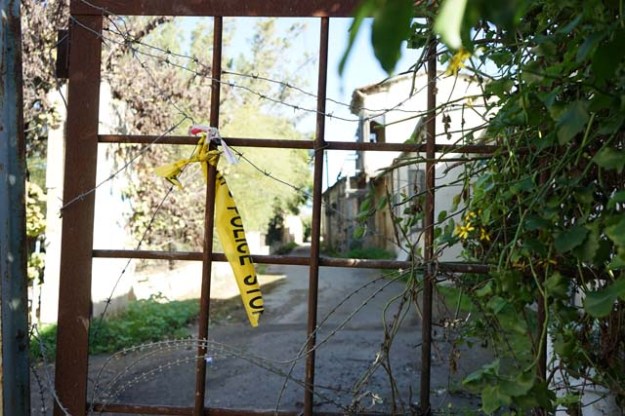

You must be logged in to post a comment.